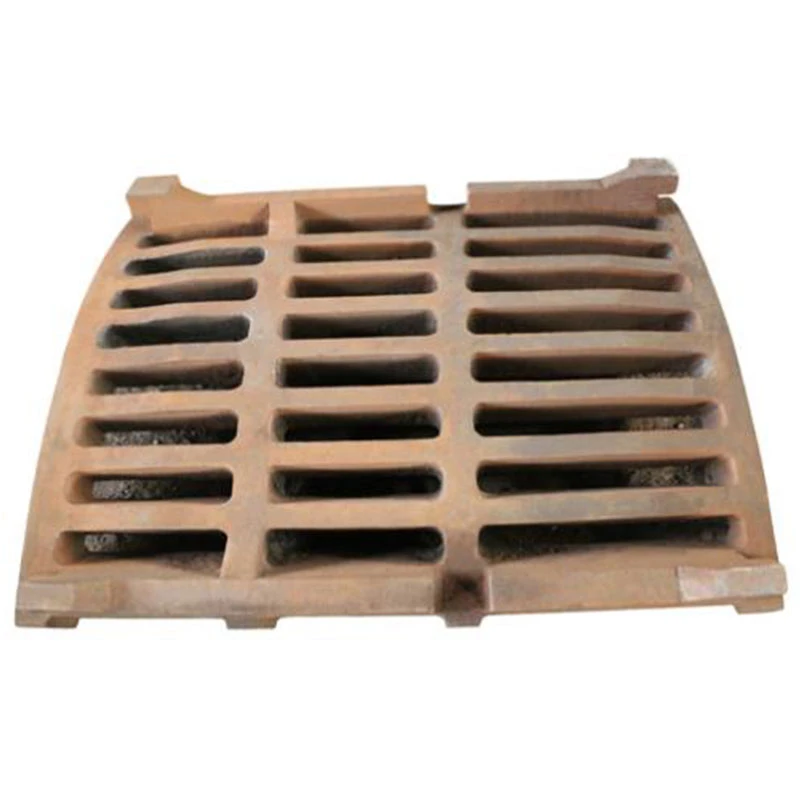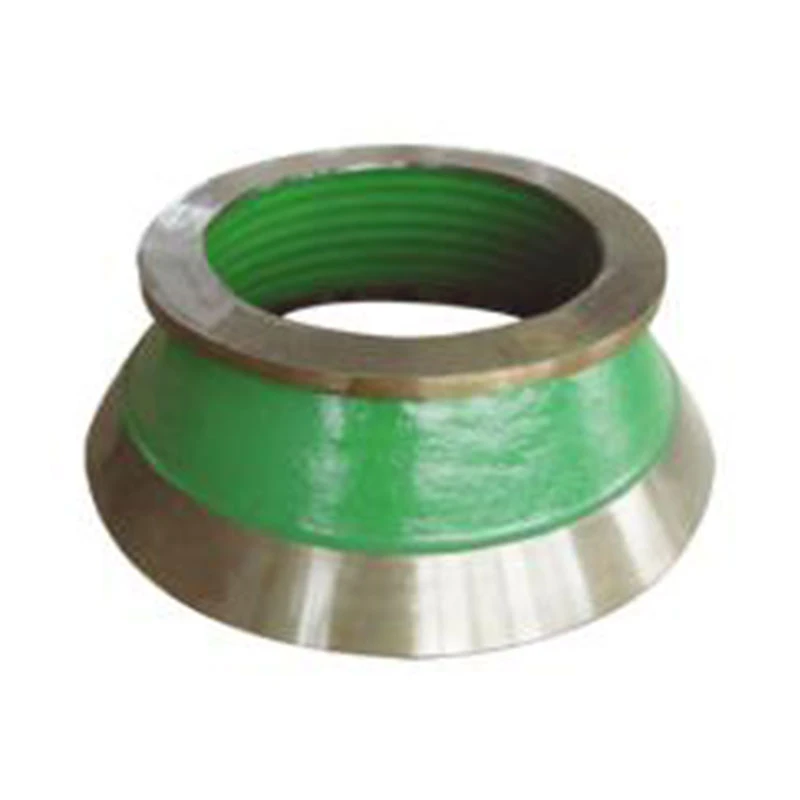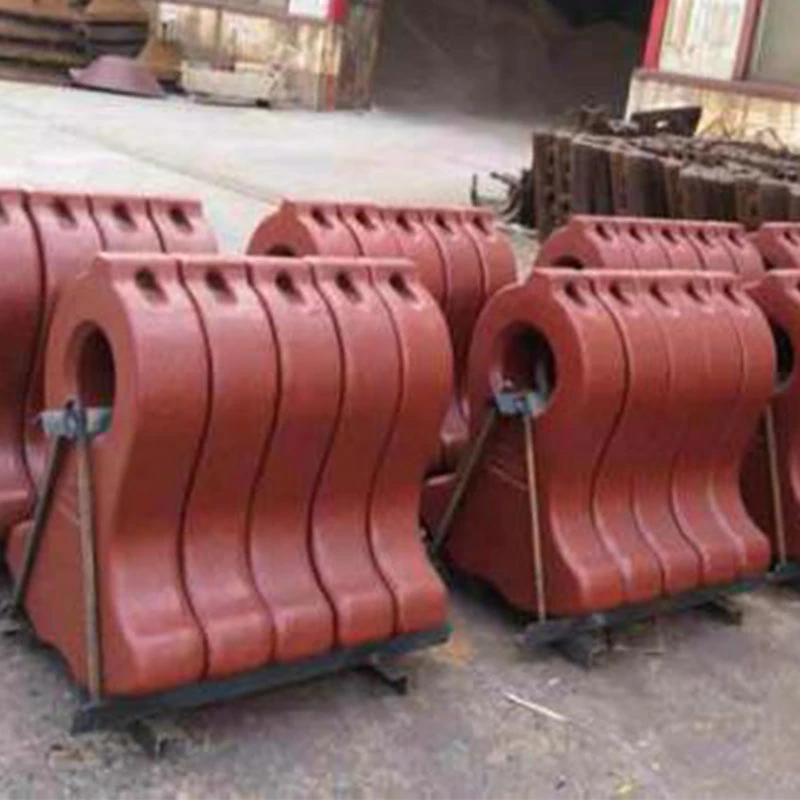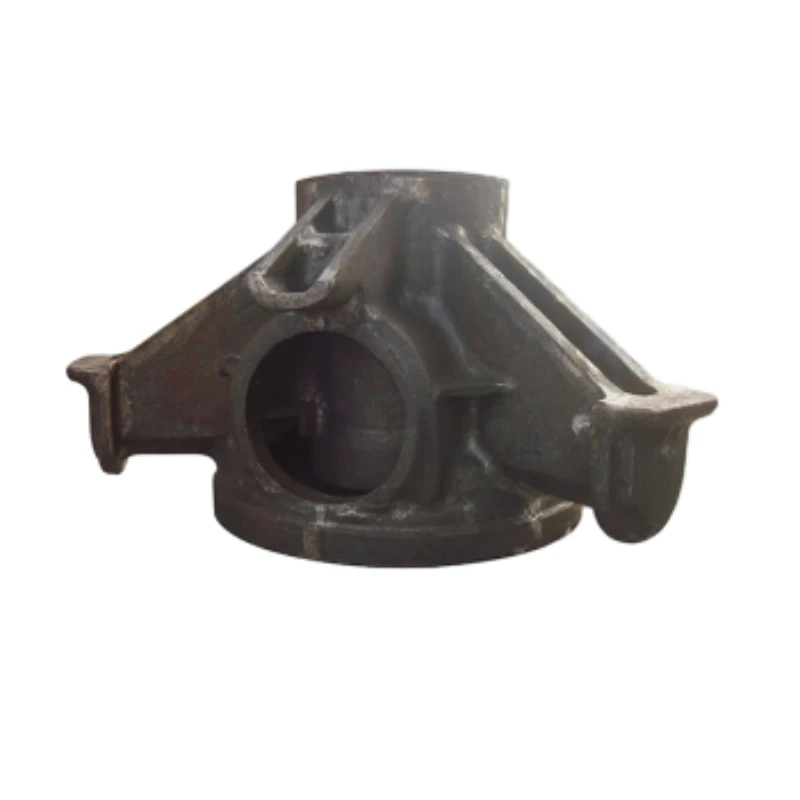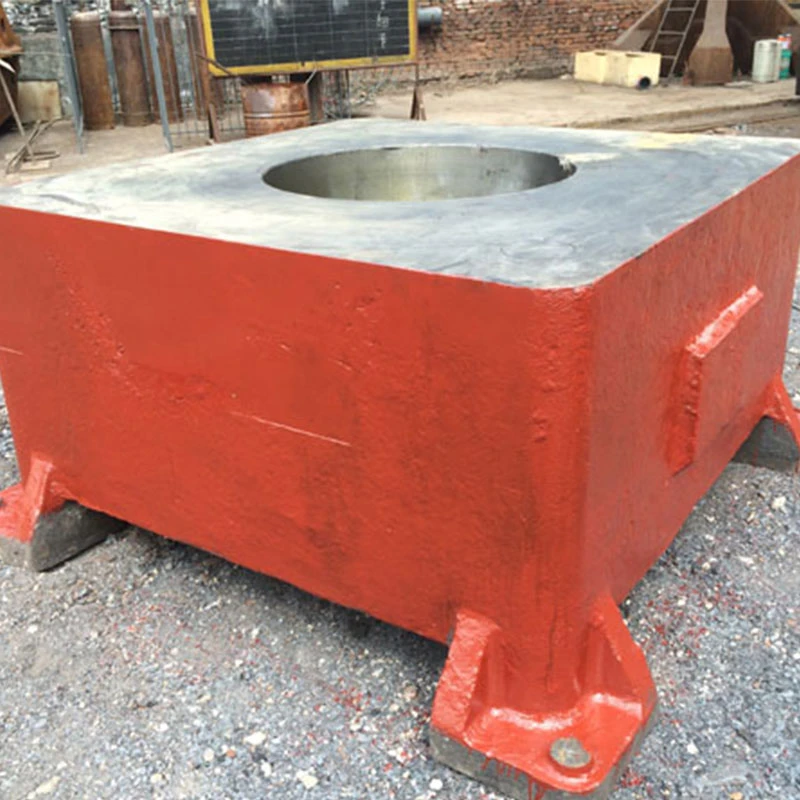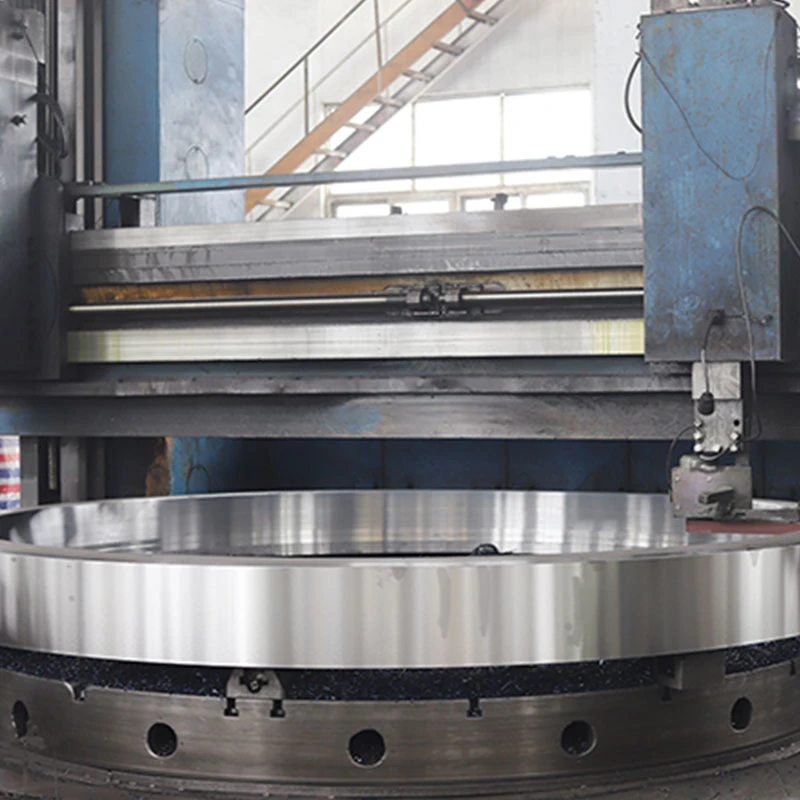- Afrikaans
- Albanian
- Amharic
- Arabic
- Armenian
- Azerbaijani
- Basque
- Bengali
- China
- China (Taiwan)
- Czech
- Danish
- Dutch
- English
- French
- German
- Greek
- Gujarati
- Haitian Creole
- hausa
- Miao
- Hungarian
- igbo
- Indonesian
- Italian
- Japanese
- Javanese
- Rwandese
- Korean
- Kyrgyz
- Lao
- Lithuanian
- Luxembourgish
- Macedonian
- Malgashi
- Malay
- Mongolian
- Myanmar
- Nepali
- Norwegian
- Persian
- Polish
- Portuguese
- Punjabi
- Russian
- Spanish
- Swahili
- Swedish
- Telugu
- Vietnamese
Jun . 26, 2025 14:25 Back to list
How Bowl Liners Improve Cone Crusher Performance
In the industrial crushing sector, bowl liners are critical components that directly influence the efficiency, longevity, and output quality of cone crushers. For bulk buyers and wholesalers, understanding how these liners optimize operations—and sourcing them from reliable bowl liner manufacturers—can translate to significant cost savings and reduced downtime. This article explores the role of cone crusher liners in enhancing performance, backed by insights into design, material innovation, and streamlined cone crusher liner change processes.

The Role of Bowl Liners in Cone Crusher Efficiency
Bowl liners are engineered to withstand extreme abrasion and impact forces within bowl liner cone crushers, ensuring consistent particle size reduction. Their precision-fit design minimizes material slippage, which maximizes crushing force and reduces energy consumption. For wholesalers, investing in high-quality cone crusher liners from trusted bowl liner manufacturers ensures consistent throughput, even in high-volume operations. Advanced alloys, such as high-manganese steel, further enhance wear resistance, extending operational cycles between cone crusher liner changes.
The geometry of bowl liners plays a pivotal role in crushing efficiency. For instance, deeper chambers in cone crusher liners are ideal for fine crushing, while shallower profiles suit coarse applications. Manufacturers often optimize liner designs based on feed material hardness, such as granite, basalt, or recycled concrete. By aligning liner profiles with specific material characteristics, bulk buyers can achieve up to 20% higher productivity and reduce energy costs. Additionally, the surface texture of bowl liners impacts material flow; ribbed or smooth surfaces are selected based on whether the goal is to maximize fragmentation or minimize wear.
For industries like mining or aggregate production, where equipment runs continuously, the longevity of cone crusher liners directly affects profitability. Wholesale partnerships with manufacturers offering wear-resistant alloys and customized designs ensure crushers operate at peak performance, minimizing unplanned downtime for cone crusher liner changes.
Selecting Durable Bowl Liners from Trusted Manufacturers
Selecting the right cone crusher liners requires a deep understanding of material science and crusher mechanics. Reputable bowl liner manufacturers prioritize high-grade manganese steel or composite alloys in their production processes, as these materials offer exceptional durability under high-stress conditions. Manganese steel, for example, hardens under impact, creating a self-renewing surface that resists wear. Composite alloys, infused with chromium or nickel, provide enhanced corrosion resistance, making them ideal for operations processing abrasive or chemically reactive materials.
Compatibility is another critical factor. Bowl liners must align precisely with the specifications of bowl liner cone crusher models, such as those produced by Sandvik, Metso, or Terex. Even minor dimensional discrepancies can lead to improper seating, accelerated wear, or catastrophic equipment failure. Leading manufacturers use 3D scanning and CAD modeling to ensure liners match OEM blueprints, guaranteeing seamless integration. For bulk buyers, verifying certifications like ISO 9001 or ASTM standards is essential to confirm quality consistency across large orders.
Lead times are a decisive consideration for wholesalers managing large-scale operations. Suppliers with bulk inventory of cone crusher liners enable rapid deployment during urgent cone crusher liner changes, preventing costly production halts. Forward-thinking manufacturers also provide wear analytics reports, which track liner degradation rates and predict optimal replacement intervals. This data-driven approach allows bulk buyers to plan procurement schedules strategically, ensuring uninterrupted operations.
Streamlining Cone Crusher Liner Change Processes
The process of cone crusher liner changes is a significant contributor to operational downtime if not managed efficiently. Modern bowl liner designs incorporate innovations like modular locking systems and pre-engineered alignment guides, which reduce replacement time. For example, liners with boltless locking mechanisms eliminate the need for manual torque adjustments, enabling faster swaps. Wholesalers should prioritize manufacturers that provide comprehensive installation guides or on-site training to ensure maintenance teams follow best practices.
Automation is revolutionizing cone crusher liner changes. Hydraulic tensioning devices, robotic arm assist systems, and laser alignment tools minimize human error and accelerate the process. Some advanced bowl liner cone crusher models even feature self-adjusting liners that compensate for wear in real time, extending service intervals. Bulk buyers can further optimize their workflows by adopting predictive maintenance programs, which use IoT sensors to monitor liner thickness and schedule replacements during planned maintenance windows.
Collaborating with bowl liner manufacturers that offer end-to-end support—from design consultation to post-installation audits—ensures that cone crusher liners deliver maximum ROI. For instance, manufacturers may recommend liner configurations based on historical performance data, reducing trial-and-error adjustments.
Cost Savings Through Strategic Bowl Liner Procurement
For wholesalers, the financial benefits of strategic cone crusher liner procurement extend far beyond initial purchase costs. High-volume buyers can negotiate tiered pricing models with bowl liner manufacturers, securing discounts on bulk orders. Additionally, manufacturers often provide value-added services like liner recycling programs, where worn bowl liners are melted down and recast into new components. This circular economy approach can recover of material costs, depending on alloy composition.
Longer-lasting cone crusher liners directly reduce the frequency of cone crusher liner changes, lowering labor costs and equipment rental fees. Another cost-saving strategy involves standardizing liner specifications across multiple crushers within a facility. This reduces inventory complexity and allows wholesalers to consolidate orders, further driving down per-unit costs.
FAQs:Bowl Liners
How do I choose the right bowl liner for my cone crusher?
Collaborate with bowl liner manufacturers to match liner specifications to your crusher model, feed material type, and operational targets. Provide details such as crusher manufacturer, chamber size, and desired output gradation.
What is the average lifespan of a cone crusher liner?
Depending on material abrasiveness and operating hours, cone crusher liners typically. High-silica or volcanic rock applications may necessitate more frequent cone crusher liner changes.
Can bowl liners be refurbished or recycled?
Yes. Many bowl liner manufacturers operate recycling programs where worn liners are melted and reformed, reducing raw material expenses.
How do I minimize downtime during liner replacement?
Maintain a bulk inventory of spare liners and utilize automated tools recommended by bowl liner manufacturers. Predictive maintenance schedules also help align replacements with planned shutdowns.
Are custom-designed bowl liners cost-effective for bulk orders?
Absolutely. Custom cone crusher liners tailored to specific materials or crusher configurations reduce wear rates and improve crushing efficiency, delivering long-term savings for high-volume buyers.
-
Low-Cost Borehole Drilling Machine for Small-Scale Projects
NewsJul.11,2025
-
Carbide Bullet Teeth for Abrasive Formations: Powering Industrial Drilling Efficiency
NewsJul.11,2025
-
Advantages of Down-the-Hole Drill Bits in Geothermal Projects
NewsJul.11,2025
-
Hole Hammer Use in Water Well Drilling
NewsJul.11,2025
-
Benefits of a Mobile Diesel Compressor in Construction
NewsJul.11,2025
-
Benefits of Diesel Portable Screw Air Compressors
NewsJul.11,2025





